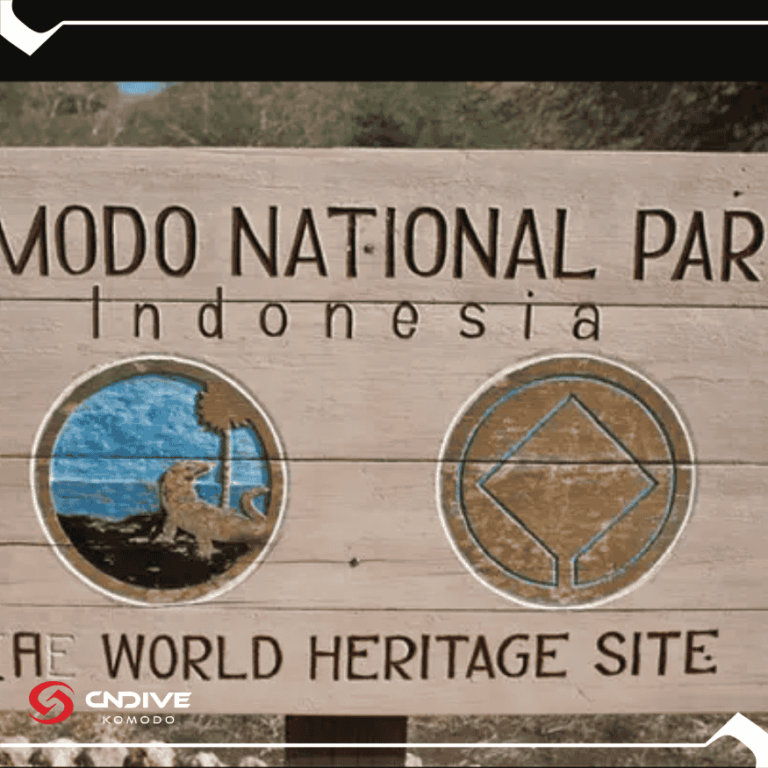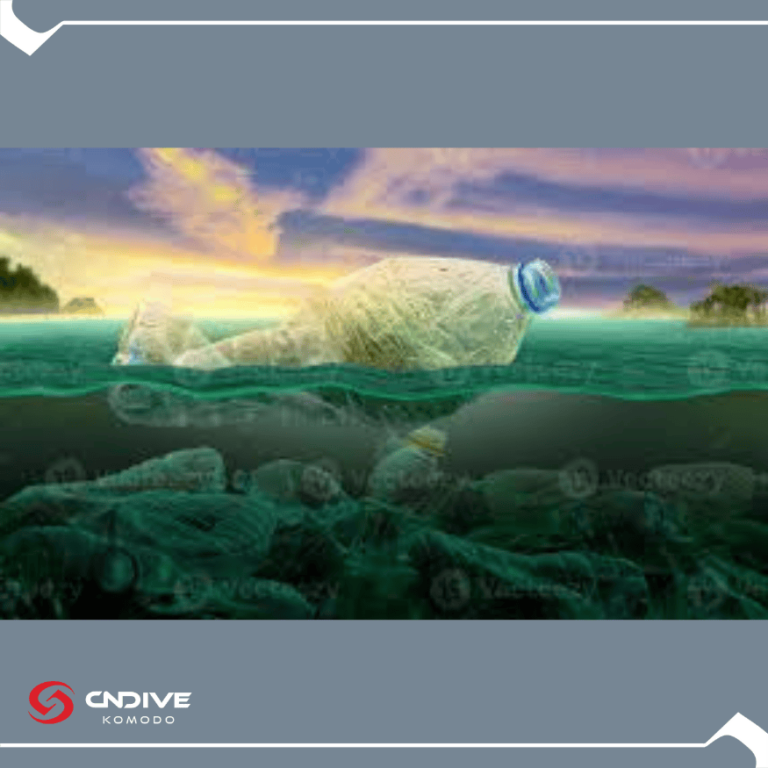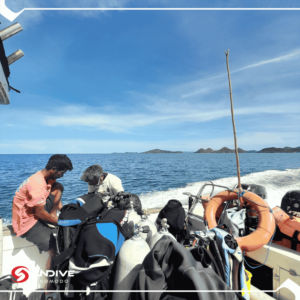
Whatsapp:
+6282138677490
Email: cndivekomodo2@gmail.com
Address:
GV7G+6XP, Jl. Reklamasi Pantai, Labuan Bajo. Kecamatan Komodo, Kab. Manggarai Barat. NTT
Privacy policy
Terms and conditions

Scuba Diving Underwater of Komodo
Scuba diving underwater of Komodo – Its an exhilarating adventure that offers a unique opportunity to explore the underwater world. Whether you’re captivated by colorful coral reefs, curious about marine life, or drawn to the serenity of the ocean, scuba diving provides a perspective unlike any other. One of the most sought-after destinations for scuba diving enthusiasts is Komodo National Park, a UNESCO World Heritage Site in Indonesia. This guide dives deep into the key factors that impact scuba diving, focusing on what makes Komodo National Park a must-visit spot while considering the tradeoffs and challenges associated with this thrilling activity.
Komodo National Park, located in the Coral Triangle, boasts some of the richest marine biodiversity in the world. Divers are drawn to its vibrant coral reefs, unique underwater topography, and the chance to encounter awe-inspiring marine creatures such as manta rays, reef sharks, and the elusive dugong. Komodo’s crystal-clear waters and strong currents make it a dream destination for experienced divers, though it also offers opportunities for beginners in calmer areas.

The health of the marine ecosystem is paramount when choosing a dive destination. Komodo National Park’s coral reefs are in relatively pristine condition, thanks to strict conservation efforts. However, divers must remain aware of their impact, avoiding contact with fragile corals and respecting marine life. Mismanagement or careless diving practices can lead to damage, disrupting the delicate balance of underwater ecosystems.
Tradeoff: Striking a balance between tourism and conservation is critical. While increased visitor numbers bring economic benefits, they also increase the risk of environmental degradation.
Komodo National Park is famous for its strong and unpredictable currents. These currents bring nutrient-rich waters, supporting diverse marine life, but they also pose challenges for divers. Advanced diving skills are often required, especially in areas like Crystal Rock and The Cauldron, where the currents can be particularly strong.
Challenge: Beginners may need to stick to calmer sites or invest in additional training, while experienced divers must be vigilant and prepared with the right equipment and guidance.
Proper training and certification are crucial to ensuring safety during scuba diving. Whether you’re a beginner or an advanced diver, having the appropriate skills is critical for navigating underwater environments. Komodo National Park offers dive schools and liveaboard experiences where divers can hone their abilities under the guidance of professionals.
Importance: Training ensures a safer experience, reducing the likelihood of accidents and enabling divers to fully appreciate the underwater world.
Quality equipment is a non-negotiable factor for safe and enjoyable scuba diving. In Komodo National Park, dive operators provide rental gear, but many seasoned divers prefer to bring their own. Safety protocols, such as buddy checks and briefings, are equally critical, especially in areas with challenging conditions.
Tradeoff: While renting equipment is cost-effective, owning personal gear ensures familiarity and reliability. This decision depends on individual diving frequency and budget.
The ideal time to explore Komodo National Park varies based on individual preferences. The dry season, from April to November, provides excellent diving conditions with calm waters and exceptional visibility. However, each month brings unique opportunities:
Challenge: Balancing preferences for marine life encounters, visibility, and crowd levels requires careful planning.

Tourism, while beneficial for local economies, can strain the environment. Overcrowding, pollution, and careless diving practices threaten the park’s fragile ecosystems. Striking a balance between accessibility and preservation is a constant challenge for authorities and dive operators.
Solution: Supporting eco-friendly dive operators and adhering to sustainable diving practices can mitigate these impacts.
Scuba diving in Komodo National Park can be expensive, with costs including liveaboards, dive fees, and equipment rental. Additionally, reaching the park requires traveling to Labuan Bajo, often involving multiple flights or boat rides.
Tradeoff: While the cost and effort may deter some travelers, the unparalleled experience makes it worthwhile for many.
The park’s diverse dive sites cater to different skill levels, but the strongest currents can be intimidating. Beginners might feel restricted to safer areas, missing out on some of the park’s most iconic locations.
Solution: Guided dives with experienced instructors can help beginners gain confidence while exploring a broader range of sites.

Scuba diving holidays should prioritize sustainability to preserve underwater treasures for future generations. In Komodo National Park, conservation efforts include:
Key Tip: Opt for operators certified by organizations like Green Fins or PADI AWARE, which promote sustainable diving practices.

Research reputable dive operators offering safety, quality, and eco-friendly practices. Reviews and recommendations from other divers can help narrow your options.
Liveaboard experiences allow divers to explore remote sites and maximize their time underwater. Day trips are a more affordable option and ideal for travelers with time constraints.
Essentials include dive certification cards, logbooks, underwater cameras, and personal gear (if preferred). Don’t forget sunscreen, reef-safe options, and sturdy footwear for island exploration.

Scuba diving in Komodo National Park is a transformative experience, offering a rare glimpse into one of the planet’s most vibrant marine ecosystems. While the challenges of strong currents, cost, and environmental concerns require careful consideration, the rewards of encountering diverse marine life and exploring pristine reefs make it an unforgettable adventure.
By prioritizing safety, training, and sustainable practices, divers can enjoy the wonders of Komodo National Park while contributing to its preservation. Whether you’re a seasoned diver or embarking on your first underwater journey, this magical destination promises memories that will last a lifetime.
Dive responsibly, respect the ocean, and let Komodo’s underwater world leave you in awe.

Whatsapp:
+6282138677490
Email: cndivekomodo2@gmail.com
Address:
GV7G+6XP, Jl. Reklamasi Pantai, Labuan Bajo. Kecamatan Komodo, Kab. Manggarai Barat. NTT
Privacy policy
Terms and conditions